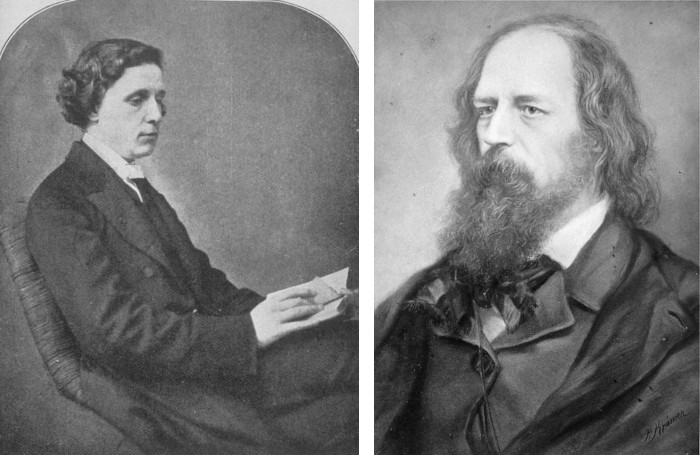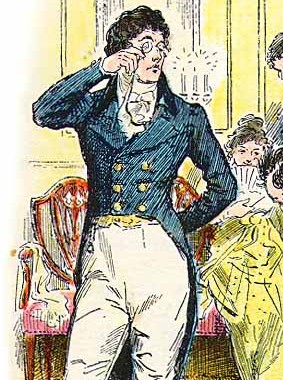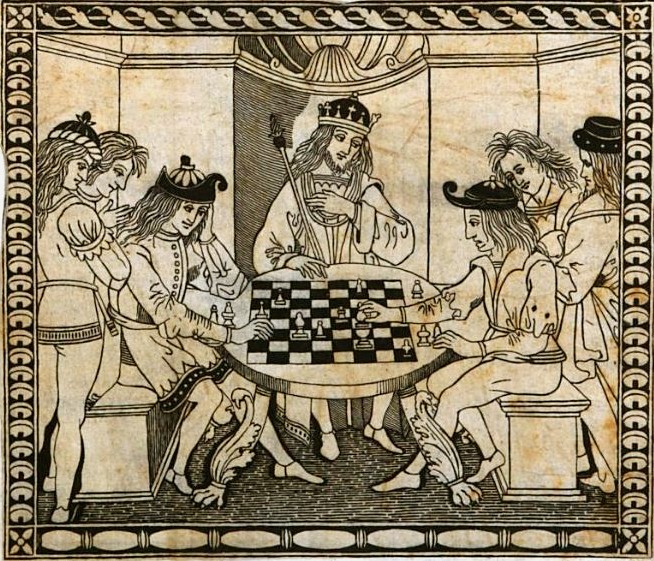In his Harmonices Mundi of 1619, Johannes Kepler wrote, “The heavenly motions are nothing but a continuous song for several voices, to be perceived by the intellect, not by the ear; a music which, through discordant tensions, through syncopations and cadenzas as it were, progresses toward certain pre-designed six-voiced cadences, and thereby sets landmarks in the immeasurable flow of time.” In 1979 Yale geologist John Rodgers and musician Willie Ruff scaled up the frequencies of the planetary orbits into the range of human hearing so that Kepler’s “harmony of the world” could become audible:
Mercury, as the innermost planet, is the fastest and the highest pitched. It has a very eccentric orbit (as planets go), which it traverses in 88 days; its song is therefore a fast whistle, going from the E above the piano (e′′′′′) down more than an octave to about C# (c#′′′′) and back, in a little over a second. Venus and Earth, in contrast, have nearly circular orbits. Venus’s range is only about a quarter tone, near the E next above the treble staff (e′′′); Earth’s is about a half tone, from G (g′′) to G# at the top of that staff. … Next out from Earth is Mars, again with an eccentric orbit … it ranges from the C above middle C (c′′) down to about F# (f#′) and back, in nearly 10 seconds. The distance from Mars to Jupiter is much greater than that between the inner planets … and Jupiter’s song is much deeper, in the baritone or bass, and much slower. It covers a minor third, from D to B (D to B1) just below the bass staff. Still farther out and still lower is Saturn, only a little more than a deep growl, in which a good ear can sometimes hear the individual vibrations. Its range is a major third, from B to G (B2 to G2), the B at the top being just an octave below the B at the bottom of Jupiter’s range. Thus the two planets together define a major triad, and it may well have been this concord … that made Kepler certain he had cracked the code and discovered the secret of the celestial harmony.
(The outer planets, discovered after Kepler’s time, are represented here with rhythmic beats.) “The Earth sings Mi, Fa, Mi,” Kepler wrote. “You may infer even from the syllables that in this our home misery and famine hold sway.”
(John Rodgers and Willie Ruff, “Kepler’s Harmony of the World: A Realization for the Ear,” American Scientist 67:3 [May-June 1979], 286-292.)




